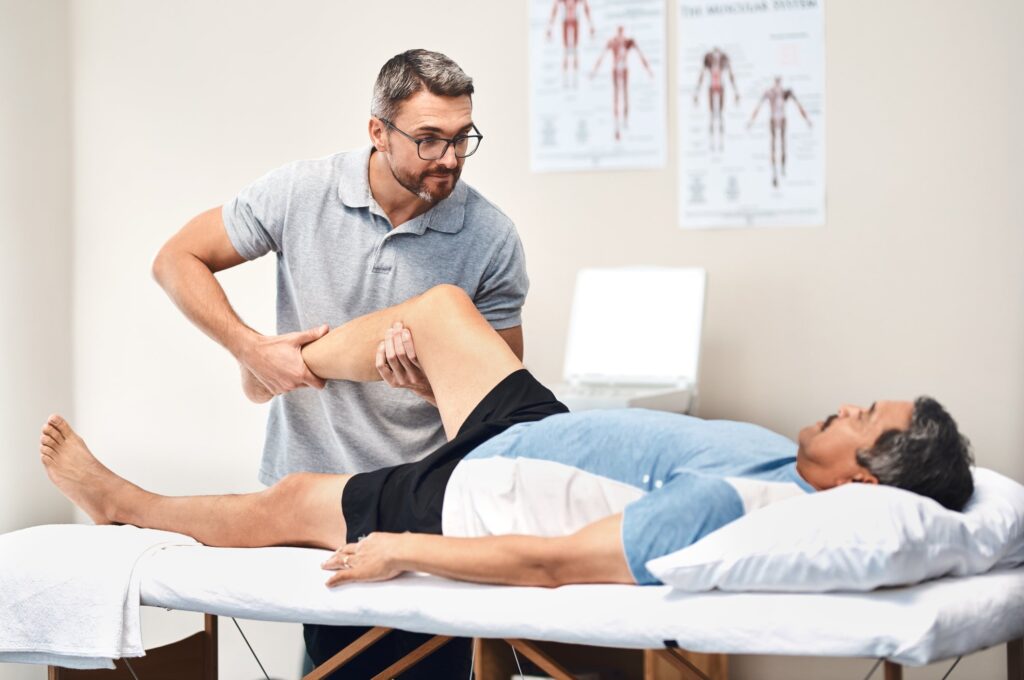Leg shortening surgery is a specialized orthopedic procedure primarily performed to correct significant leg length discrepancies. Whether caused by congenital conditions, growth plate injuries, or post-traumatic differences, a mismatch in leg length can lead to chronic discomfort, hip or back pain, abnormal gait, and long-term joint degeneration. Fortunately, advancements in surgical technology have introduced minimally invasive approaches that improve patient outcomes, reduce recovery time, and significantly lower complication risks. To explore whether this procedure is right for your specific condition, visit https://www.limbplastx.com/leg-shortening-surgery for detailed information on surgical options, recovery timelines, and patient care protocols.
These modern methods are transforming how orthopedic surgeons perform leg shortening procedures, offering patients a safer and more comfortable path to restored balance and mobility.
Why Leg Shortening Surgery Is Needed?
While some leg length discrepancies (LLDs) can be managed with shoe inserts or physical therapy, differences beyond 2 centimeters often require surgical correction to prevent long-term issues. In these cases, shortening the longer limb is sometimes preferred over lengthening the shorter one, especially when the discrepancy is moderate, and the longer leg can be adjusted safely.
Common causes of LLD include:
- Congenital limb deformities.
- Bone growth abnormalities.
- Fractures that healed improperly.
- Previous orthopedic surgeries.
- Neurological or muscular conditions.
When non-surgical methods no longer suffice, minimally invasive leg shortening offers a viable and less traumatic solution.
What Makes An Approach Minimally Invasive?
In orthopedic surgery, “minimally invasive” refers to techniques that reduce soft tissue disruption, incision size, and recovery time while maximizing precision and safety. In the context of leg shortening, this means:
- Smaller skin incisions.
- Limited damage to surrounding muscles and tendons.
- Use of specialized instruments for internal fixation.
- Shorter hospital stays and quicker return to mobility.
The goal is to achieve the desired correction with less pain, fewer complications, and a smoother rehabilitation process.
Modern Techniques In Minimally Invasive Leg Shortening
Two primary surgical strategies for leg shortening can be performed with minimally invasive methods:
1. Bone Resection (Osteotomy) With Internal Fixation
This method involves making a precise cut in the longer bone, either the femur or tibia, and removing a carefully measured segment. Once shortened, the bone ends are re-aligned and stabilized using internal fixation devices like intramedullary nails or low-profile plates and screws.
Minimally invasive osteotomy involves:
- Fluoroscopic guidance for accurate cutting.
- Small incisions to insert and secure the hardware.
- Techniques that preserve muscle and periosteal tissue.
This method allows for better cosmetic results, faster healing, and reduced soft tissue trauma compared to open surgery.
2. Epiphysiodesis (For Growing Children)
In pediatric cases, surgeons may choose growth modulation over bone cutting. Epiphysiodesis involves temporarily or permanently halting the growth plate in the longer limb, allowing the shorter leg to “catch up” over time.
Minimally invasive epiphysiodesis uses small tools and imaging guidance to perform the procedure through tiny incisions, with minimal disruption to surrounding structures. It’s a simple but effective method for younger patients with remaining growth potential.
Benefits Of Minimally Invasive Leg Shortening
Patients undergoing these modern techniques often report:
- Less post-operative pain.
- More minor scars and improved cosmetic outcomes.
- Lower infection risk.
- Reduced need for narcotic pain medications.
- Faster return to daily activities.
Moreover, these methods decrease the chances of muscle contractures or nerve injury, which were more common in older, open surgical techniques.
Recovery And Rehabilitation
Post-surgical care remains an important part of the success of any leg shortening procedure. Patients typically undergo physical therapy to maintain strength, flexibility, and correct gait patterns. Walking may initially be limited, but most patients can return to partial weight-bearing in a few weeks, depending on the surgical procedure and their overall health. Full recovery is anticipated in three to six months.
Final Thoughts
Minimally invasive leg shortening surgery offers a precise, safe, and effective way to correct leg length discrepancies without the extensive trauma of traditional surgery. These advanced methods not only improve functional outcomes but also empower patients to recover faster and with greater comfort.






